Share
His Name Is Minh Anh, but They Call Him Fish
This is the latest in our One Photo series, where PhotoShelter photographers share their most meaningful photo and the story behind it. Also watc...
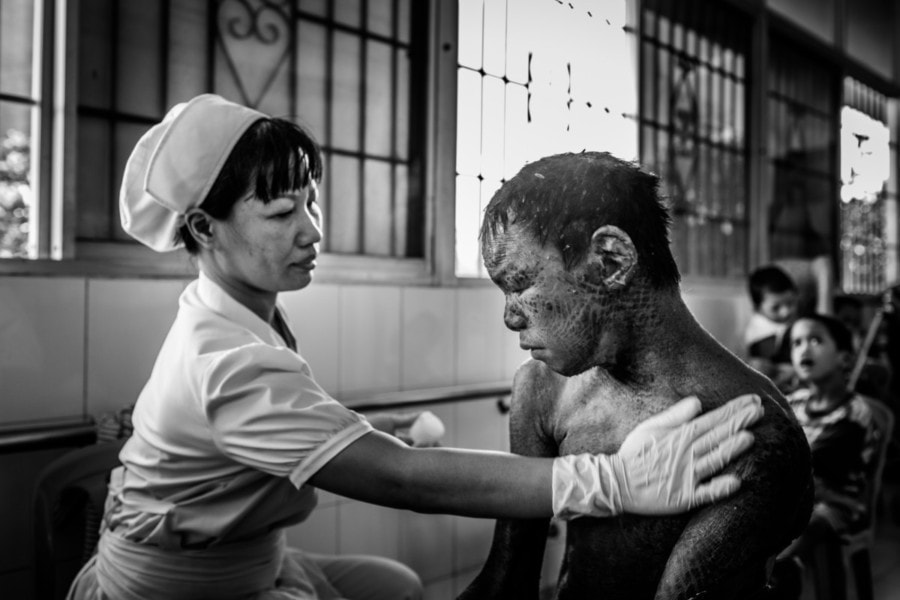
This is the latest in our One Photo series, where PhotoShelter photographers share their most meaningful photo and the story behind it. Also watch our One Photo video here, where 5 photographers tell us what their image means to them.
Minh Anh has a rare and genetic skin condition. He lives in a hospital ward called Lang Hoa Binh (translated, it means “peace village”) in Ho Chi Minh City, where many of the children call him Fish because of his scaly and dry skin.
The 60 children in the ward have all been affected by dioxin, or Agent Orange, a toxic substance used during the Vietnam War.
“Most associate this chemical with the warfare that happened here four decades ago,” said photographer Quinn Ryan Mattingly. “But far fewer are aware that the effects can continue for up to five generations. It can take hold of the body in many ways. Physical defects, mental defects, or worse: both.”
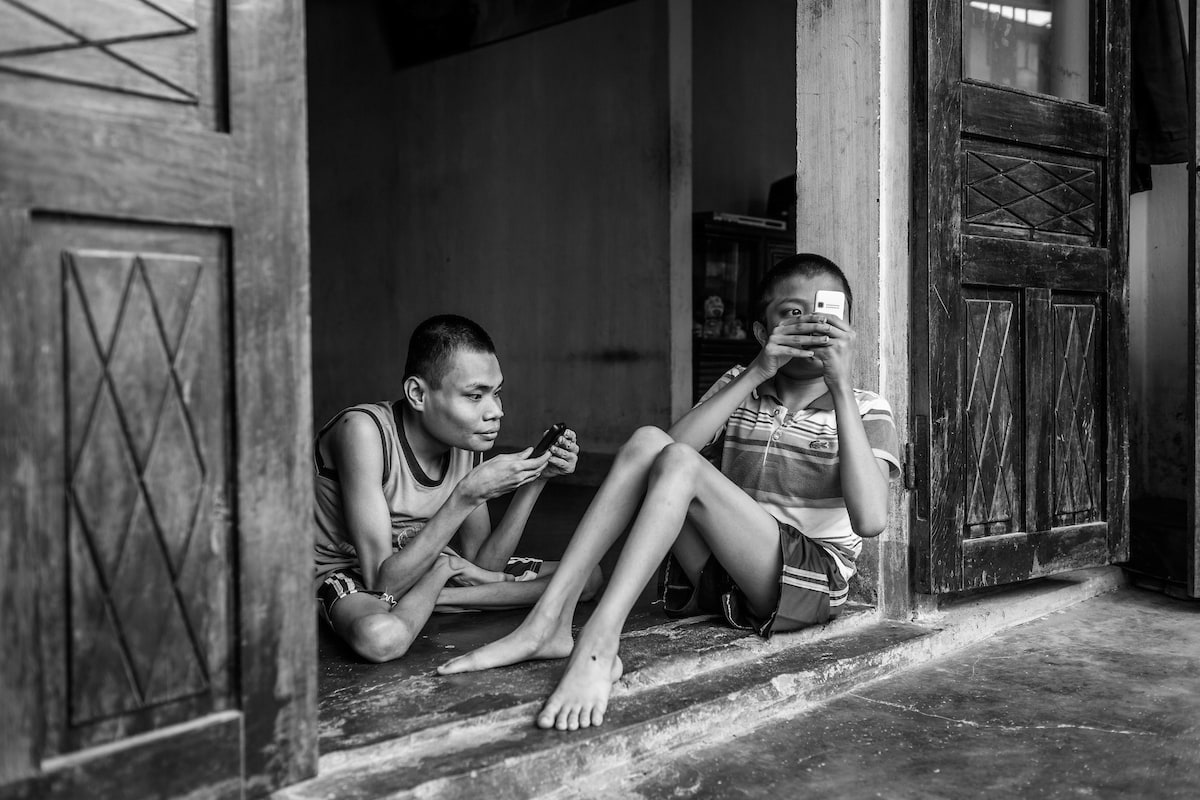
Tan Tri, 21, and Tan Hau, 14 sit in the doorway of their Danang country side home. Both were born with physically disabilities to their legs, drastically limiting their movement and self-sufficiency. While mentally intact for the most part, They must be cared for around the clock by their mother, father and sisters. © Quinn Ryan Mattingly
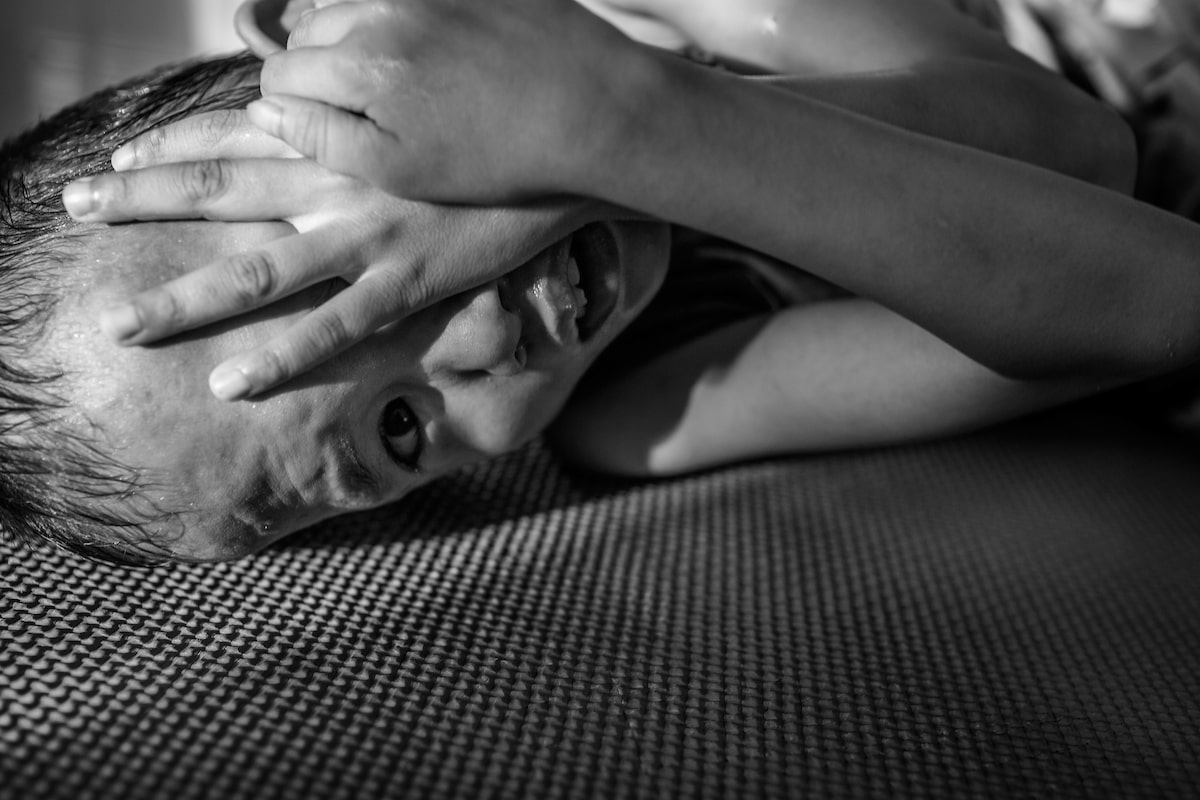
A boy with severe mental disabilities inside Peace Village, refuge for Dioxin affected children in Saigon, Vietnam. © Quinn Ryan Mattingly
“Some of the luckier ones deal with the disability the best way they can and are working toward fruitful lives. Others, with little such hope, remain caged in their dysfunctional bodies and minds, and imprisoned by their conditions.”
Quinn describes that inside the hospital ward, most of the kids stay on the second floor. This floor holds about five rooms with anywhere between five to eight beds in each one.
The first two rooms contain cribs for the youngest residents, and visitors are not often allowed in. The next three rooms have beds lining the walls all the way around. One room is for more terminal cases; the next is where most of the older and more able boys spend time together.
The last room is for a few girls who appear all smiles but have severe mental or physical problems. “There’s a girl there named Vy who always wants me to pick her up and take her to sit and play with the other kids as soon as she sees me,” said Quinn. “Of course, I always oblige.”
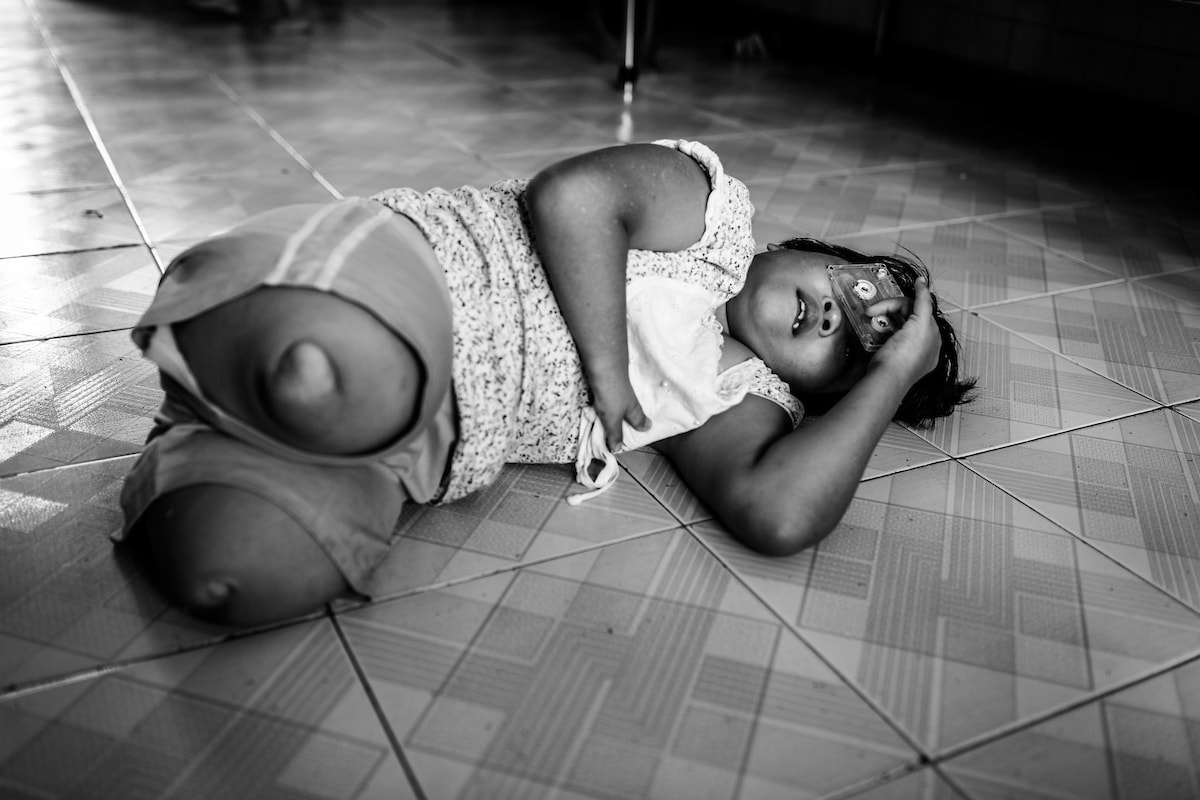
A girl born without legs lies and plays on the floor of Peace Village, refuge for Agent Orange affected children in Saigon. © Quinn Ryan Mattingly
For Minh Ahn, beyond his skin condition, he also has severe mental problems. “He can listen and understand but doesn’t communicate very well,” said Quinn. “He often hits himself in the head, and has to be restrained for parts of the day as a precaution against hurting himself or the others. But he always greets us with a smile when I ask him how he is.”
This photo of Minh Anh was one of the first images Quinn took in 2013 as part of his long-term personal project I Am Now, which looks at the modern-day effects of dioxin throughout Vietnam. Today, this one photo continues to hold enormous meaning for Quinn.

Minh Anh, also called ‘Fish’ by other ward residents, has a skin affliction called Ichthyosis, which makes his skin very dry and scaly. On top of that, he has mental issues that cause him to self-abuse, but he can be responsive to those around him. Here, a nurse gives him a daily application of cream to help keep his skin from getting worse. © Quinn Ryan Mattingly
“Looking at this image, I’m overwhelmed with a feeling of tenderness and also a sense of humanity,” he said. “For that reason, this is one of the most powerful photos I’ve ever captured. I believe it has the power to evoke sympathy, compassion, awareness, and action from the viewer.”
The photo also speaks to the ward’s dedicated nurses. “While this woman chose to be a nurse, it’s likely she did not choose to be a nurse that that required a level of care and sacrifice needed for children like Minh Anh and the many others there,” said Quinn.
“One must have a big heart and a compassionate soul to do this kind of work day in and day out. This photo reminds me that there are good people in this world.”
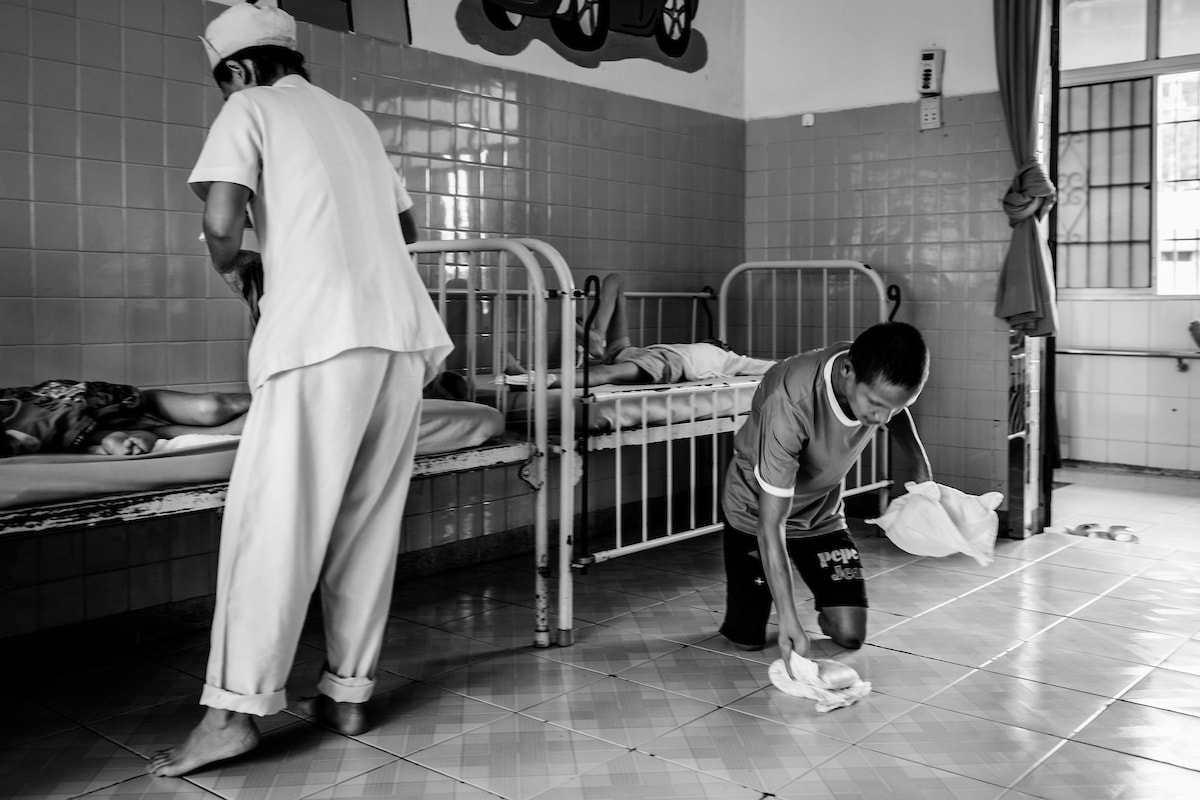
Hiep, 21, acts as an assistant to the nurses helping to take care of the other children he lives with. © Quinn Ryan Mattingly
In the years since taking this picture, Quinn and his wife continue to spend time with Minh Anh and the other children, visiting the ward nearly every weekend they can.
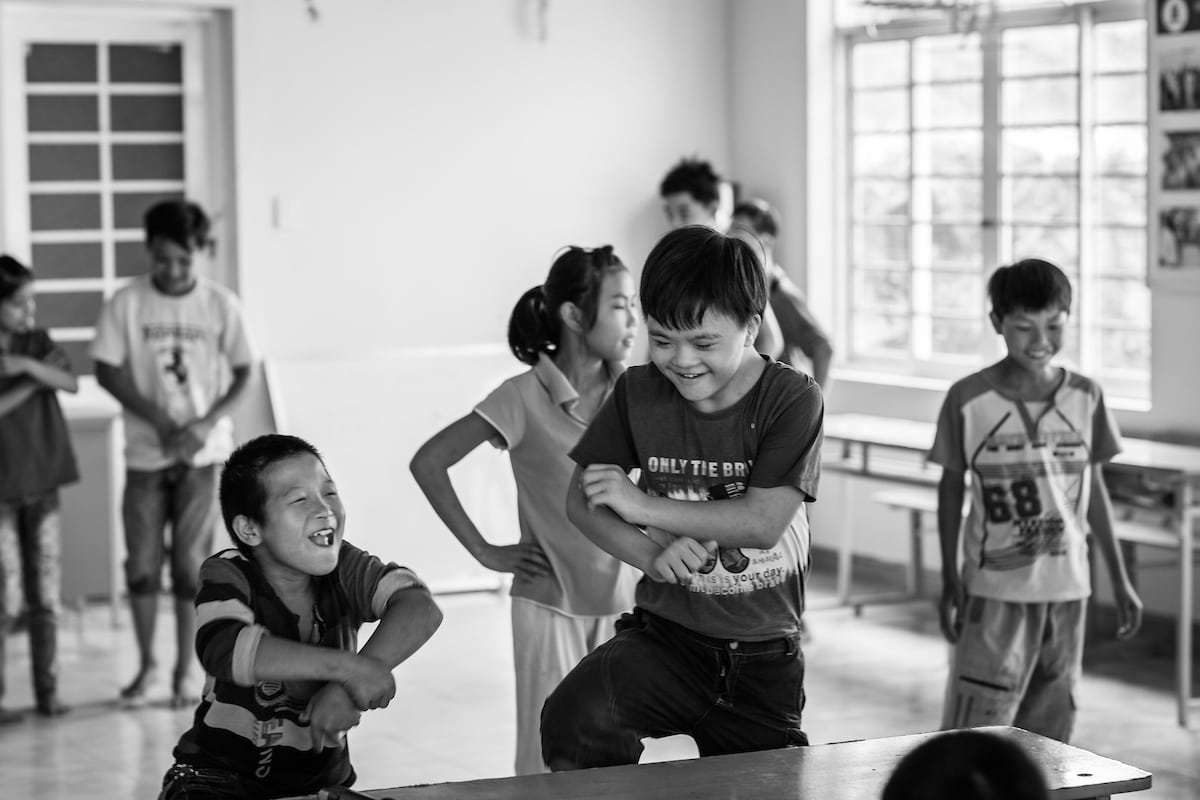
Children dance to “Gangnam Style’ at a day center for Dioxin affected children in Danang, Vietnam. Danang was one of the most heavily affected regions, and it’s estimated there are still about 5,000 affected residents still in the area, of which about 1,200 are children. DAVA (Danang Association of Agent Orange Victims) operates three day centers for the children with some independent capacities, a place where they can learn life skills, basic education, and socialize without being stigmatized in the outside world. © Quinn Ryan Mattingly
“During the day, some of the more able minds go to school outside and some study with the nurses in the ward,” said Quinn. “But others will just lay in bed or be pushed in the hallway to watch a TV that hangs from the ceiling. They can have a fair amount of visitors sometimes, so that keeps them occupied, too.”
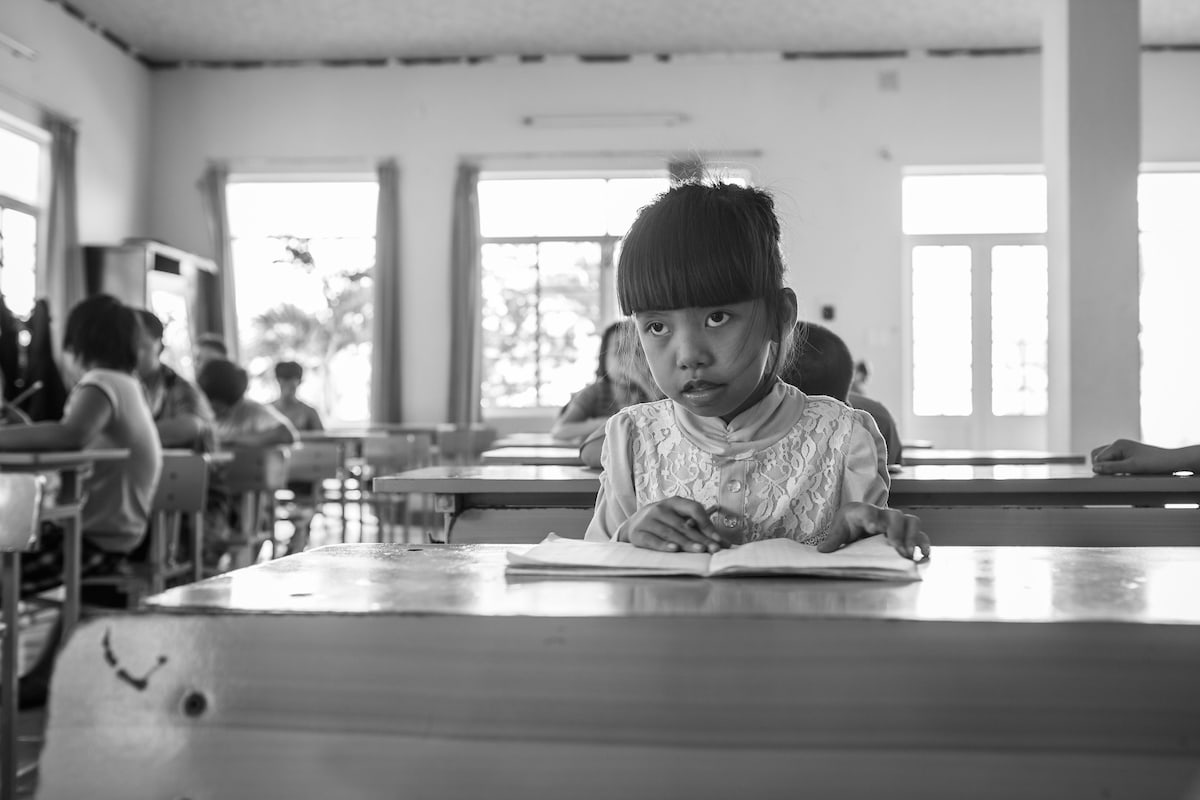
A girl with sight problems, believed to be attributed to Dioxin poisoning at a day center for affected children in Danang, Vietnam. © Quinn Ryan Mattingly
“We love the time that we spend with them, seeing their joys and helping them through their sorrows. We’ve been able to watch their personalities grow over the years.”
This one photo of Minh Ahn that Quinn took in 2013 has drastically changed the way he thinks about photography and his role as a storyteller today. With his Canon 5D in hand, he remembers shooting the image only a few minutes after arriving to the ward, even before he had permission or the comfort to begin photographing.
The scene in front of him was too powerful to keep his camera down. He started immediately shooting a few frames, and from that moment on, learned that you must always be prepared.
“You never know when a powerful moment could present itself. You must be ready.”
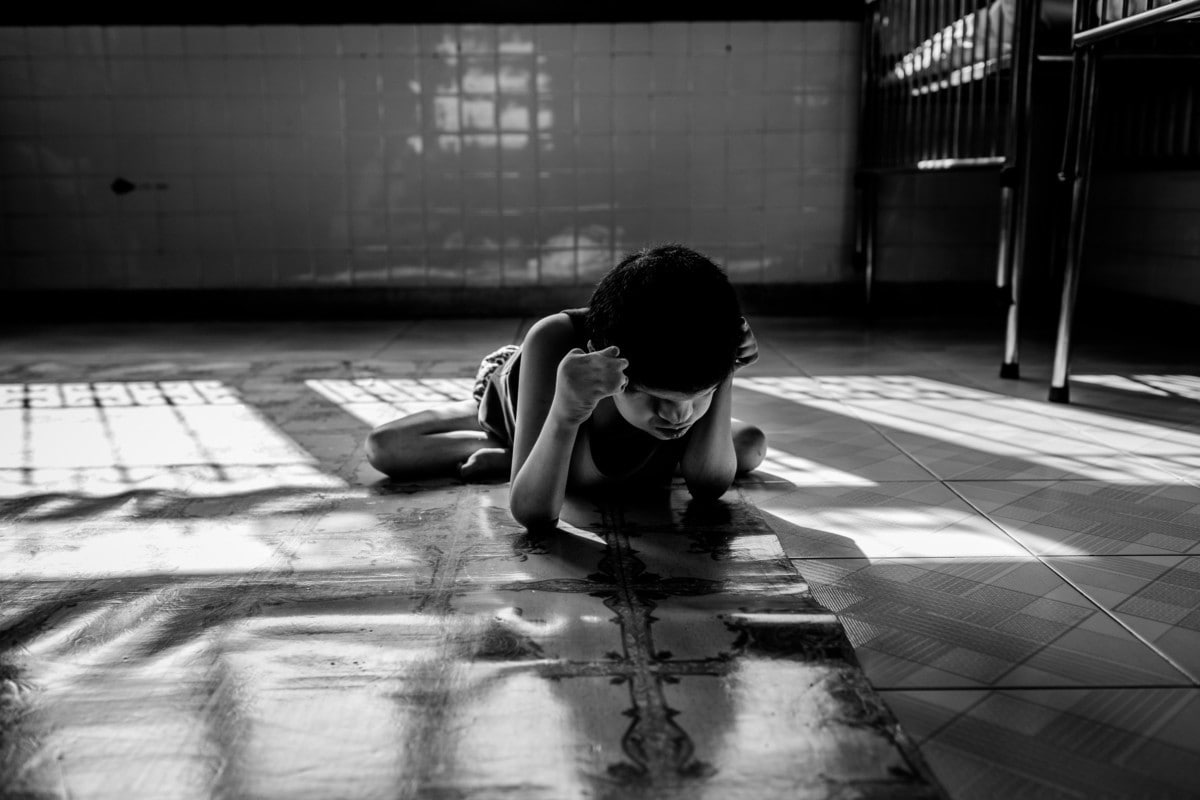
Xinh, 12, lives in a solitary world. She was born without eyes, and spends the majority of her days in this position. © Quinn Ryan Mattingly
Today, Quinn’s heart breaks knowing that the children and parents affected by dioxin did nothing to deserve this life. “How can corporations, governments and man unleash such substances on the world, and then wash their hands of it, offering not a single shred of responsibility?”
For Quinn, this one photo is a reminder that it’s his job to make sure those affected by dioxin are never forgotten and will always have a voice.
—-
What’s your one photo? Email onephoto@photoshelter.com with your image and a few sentences telling us what it means to you.* We’ll pick our favorites to share.
*We strongly support your rights as a photographer. We will not use your images without your permission, and we claim no commercial rights to them.


